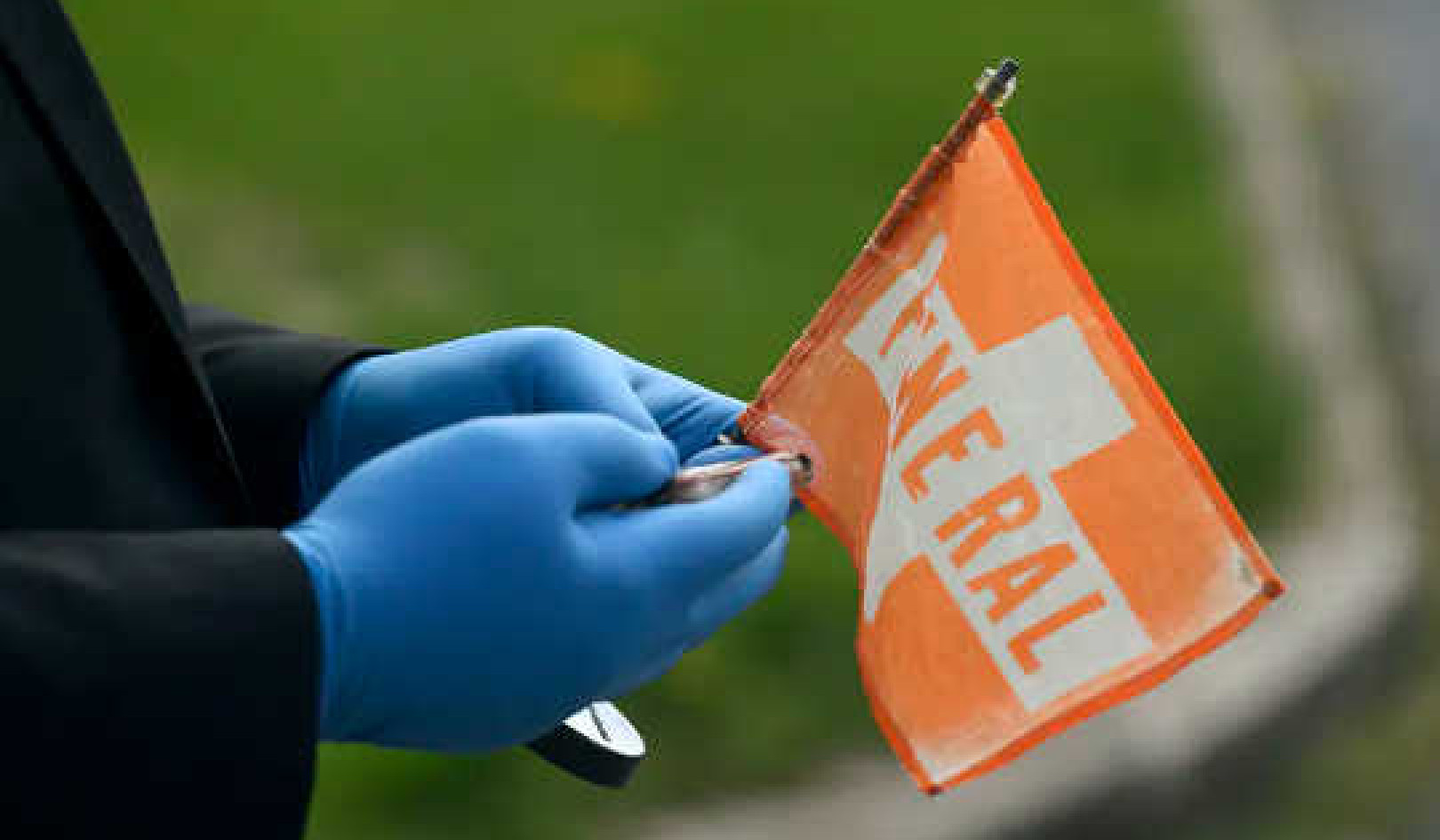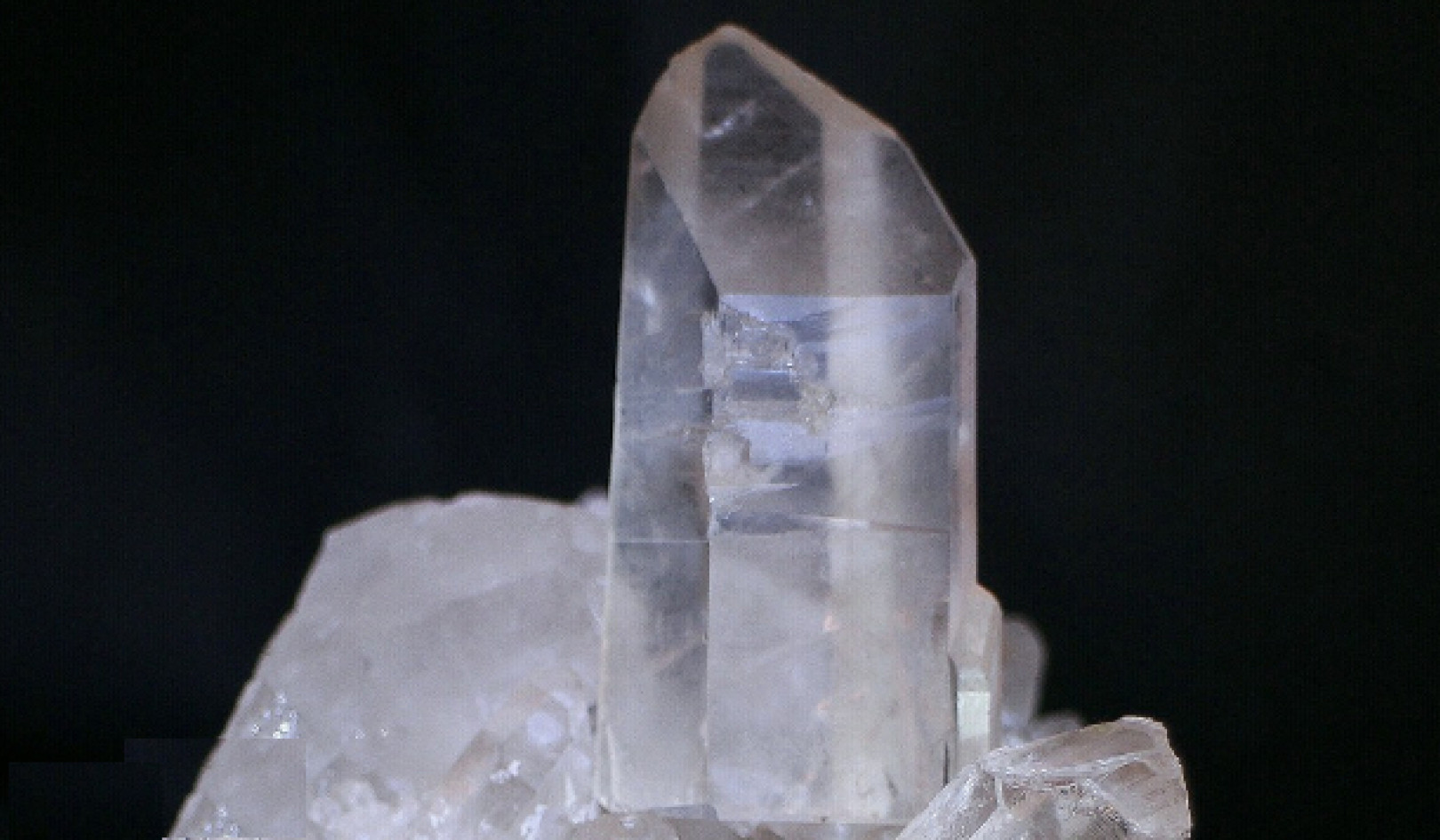
Tatjana Baibakova/Shutterstock
In this Article:
- How does sucralose impact freshwater ecosystems and marine life?
- Why can't wastewater treatment plants remove artificial sweeteners?
- What can be done to reduce the environmental impact of artificial sweeteners?
- What are "forever chemicals"(PFAS) and how do they relate to artificial sweeteners?
- Why is it crucial for policymakers and water companies to address chemical pollution?

The Hidden Dangers of Artificial Sweeteners Pollution
by Matthew Derry and Alan Goddard, Aston University.
With so much health advice to avoid excessive sugar in our diets to reduce risks obesity and tooth decay, some people choose to use artificial sweeteners as an alternative in hot drinks and recipes.
Artificial sweeteners that mimic the composition of sugar can be made in the lab from carbon, hydrogen and oxygen. Some reports suggest that artificial sweeteners directly affect human gut health, but there is currently little evidence for this.
The fate of such sweeteners once they enter our environment is rarely considered. But a recent study from researchers at the University of Florida shows a commonly used artificial sweetener, sucralose, may have negative effects on our freshwater ecosystems.
This study measured the effect of sucralose (also known as E955), one of the sweeteners approved for use in the UK, on microbes in our water systems. Researchers found the presence of sucralose hindered the growth of blue-green algae (or cyanobacteria) which photosynthesise to produce oxygen, help regulate oxygen levels in the marine environment, and provide a food source for many organisms including fish.
Ingesting sucralose in place of these nutrients means the microbes do not grow, as sucralose cannot be broken down by the enzymes that degrade natural sugars to fuel their metabolism.
In turn, this may have adverse effects up the food chain and disrupt carefully balanced ecosystems once sucralose is released into our water system and the wider environment. A 2019 study found that the presence of sucralose can cause DNA damage and genetic mutations in freshwater fish such as carp.
Sweet yet persistent
Artificial sweeteners such as sucralose are not metabolised by the human body so they are excreted – this is what makes them low-calorie sugar alternatives. And that’s where the environmental problem begins. Current wastewater treatment plants are unable to remove these sugar mimics, meaning they end up in our environment – in our water, rivers and soil.
To compound this, sucralose is very hard to break down – it is a persistent pollutant, or “forever chemical”. This is because it does not easily undergo bacterial decomposition.
Forever chemicals are increasingly present in our streams, rivers and oceans – most notably per- and polyfluoroalkyl substances (PFAS) that don’t degrade. PFAS are synthetic chemicals found in many consumer products, including skincare products, cosmetics and waterproof clothing. PFAS can remain in the human body for many years, and some present significant risks to our health – potentially causing liver damage, thyroid disease, obesity, infertility and cancer.
Artificial sweeteners that persist in our environment act like PFAS because they cannot be broken down. If they cannot be completely avoided, then methods of adequately removing and recovering them from wastewater are urgently required.
These include the use of biomimetic membranes – filtration devices containing naturally occurring proteins that remove contaminants from water. Together with researchers around the world, we are developing new bioinspired membranes that mimic biological gateways found in nature. These will be able to selectively extract compounds from water at low pressure with low energy input.
As an example, cells need to take up phosphate to make DNA, but this cannot just cross the fatty membranes that surround all cells. Therefore, special transport proteins exist in the cell membranes, acting as specific “gates” to let phosphate into cells. Bioinspired membranes extract and embed these transport proteins in plastic membranes that can be used to commercially remove phosphate from water in a specific way.
Above all, this research should serve as a reminder that policymakers and water companies need to strive harder to minimise the many sources of chemical pollution that can affect water quality in the environment.![]()
Matthew Derry, Lecturer in Chemistry, Aston University and Alan Goddard, Reader in Biochemistry, Aston University
Conclusion:
The widespread use of artificial sweeteners like sucralose presents a significant environmental challenge. Their persistence in water systems and impact on aquatic life highlight the need for urgent action to improve wastewater treatment processes. By developing advanced filtration methods and adopting stricter pollution controls, we can mitigate the harmful effects of these pollutants and safeguard our ecosystems for future generations.
This article is republished from The Conversation under a Creative Commons license. Read the original article.
Books on The Environment from Amazon's Best Sellers list
"Silent Spring"
by Rachel Carson
This classic book is a landmark in the history of environmentalism, drawing attention to the harmful effects of pesticides and their impact on the natural world. Carson's work helped to inspire the modern environmental movement and remains relevant today, as we continue to grapple with the challenges of environmental health.
Click for more info or to order
"The Uninhabitable Earth: Life After Warming"
by David Wallace-Wells
In this book, David Wallace-Wells offers a stark warning about the devastating effects of climate change and the urgent need to address this global crisis. The book draws on scientific research and real-world examples to provide a sobering look at the future we face if we fail to take action.
Click for more info or to order
"The Hidden Life of Trees: What They Feel, How They Communicate?Discoveries from A Secret World"
by Peter Wohlleben
In this book, Peter Wohlleben explores the fascinating world of trees and their role in the ecosystem. The book draws on scientific research and Wohlleben's own experiences as a forester to offer insights into the complex ways that trees interact with one another and the natural world.
Click for more info or to order
"Our House Is on Fire: Scenes of a Family and a Planet in Crisis"
by Greta Thunberg, Svante Thunberg, and Malena Ernman
In this book, climate activist Greta Thunberg and her family offer a personal account of their journey to raise awareness about the urgent need to address climate change. The book provides a powerful and moving account of the challenges we face and the need for action.
Click for more info or to order
"The Sixth Extinction: An Unnatural History"
by Elizabeth Kolbert
In this book, Elizabeth Kolbert explores the ongoing mass extinction of species caused by human activity, drawing on scientific research and real-world examples to provide a sobering look at the impact of human activity on the natural world. The book offers a compelling call to action to protect the diversity of life on Earth.
























